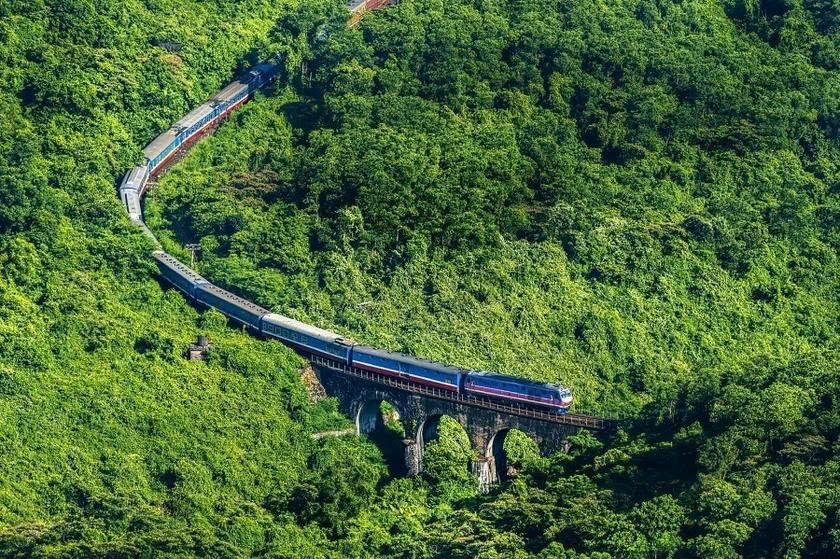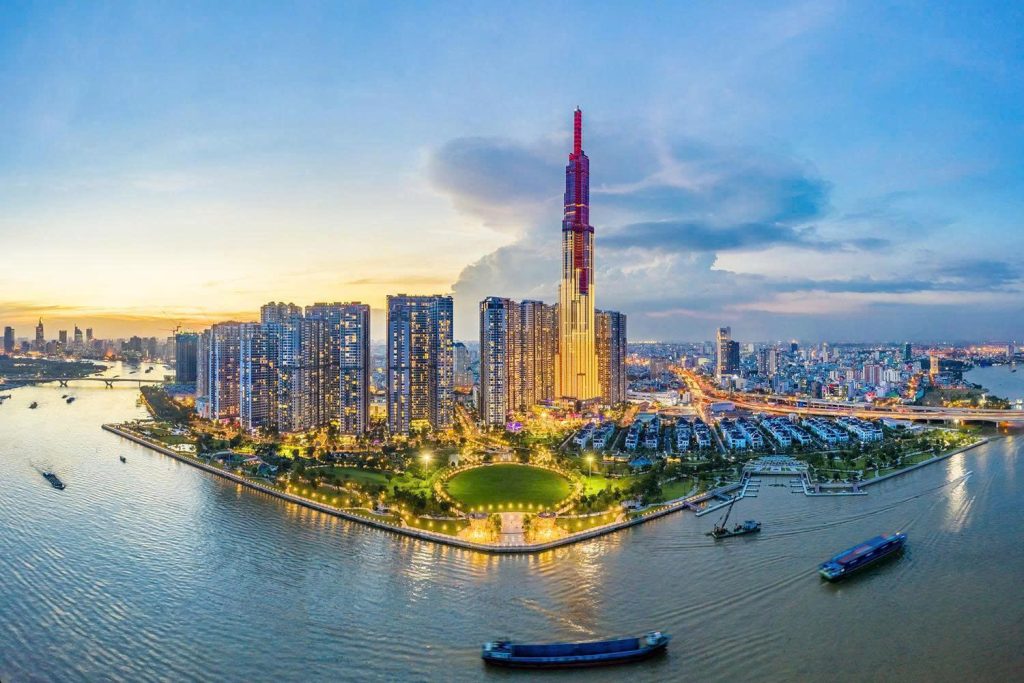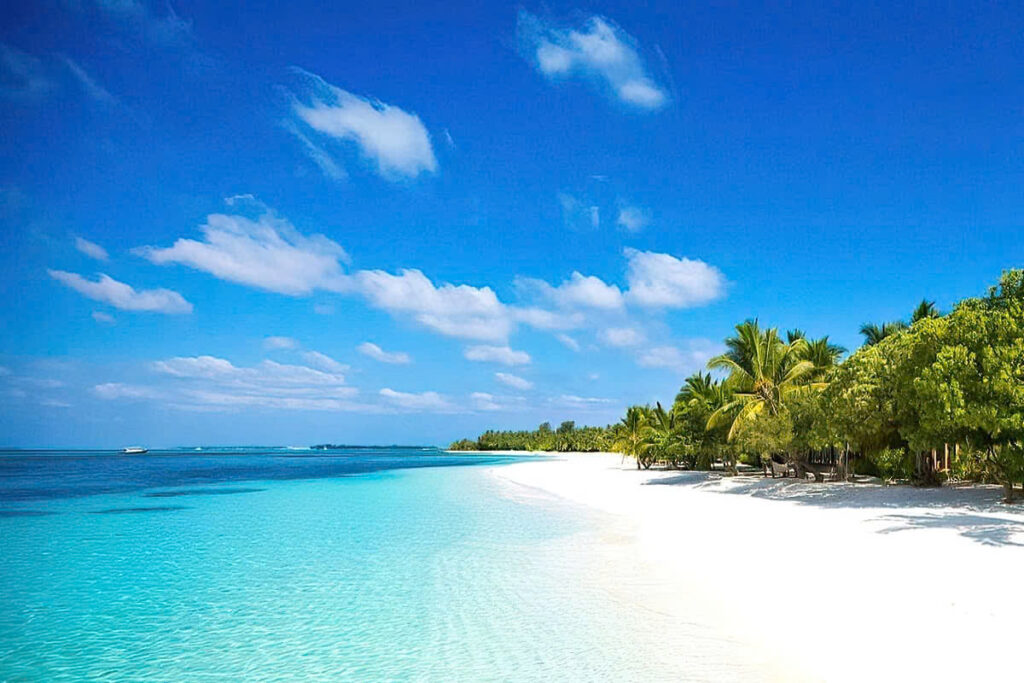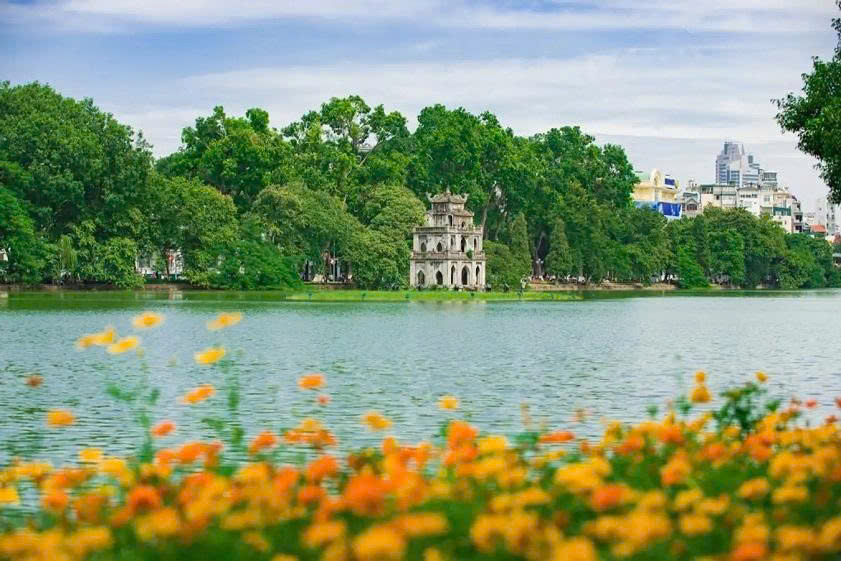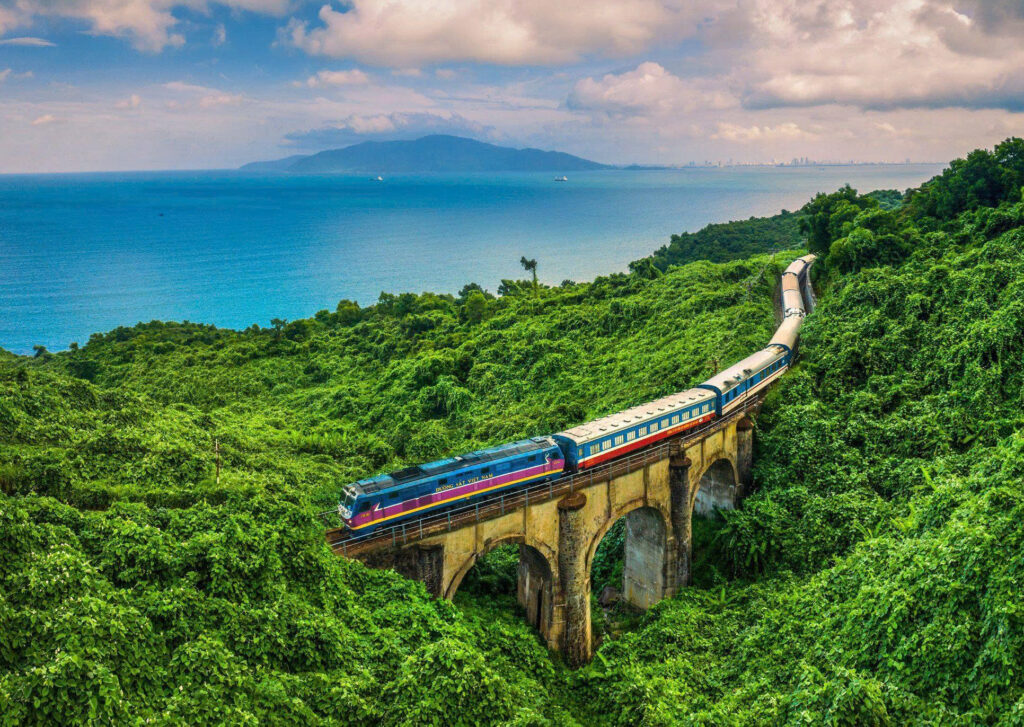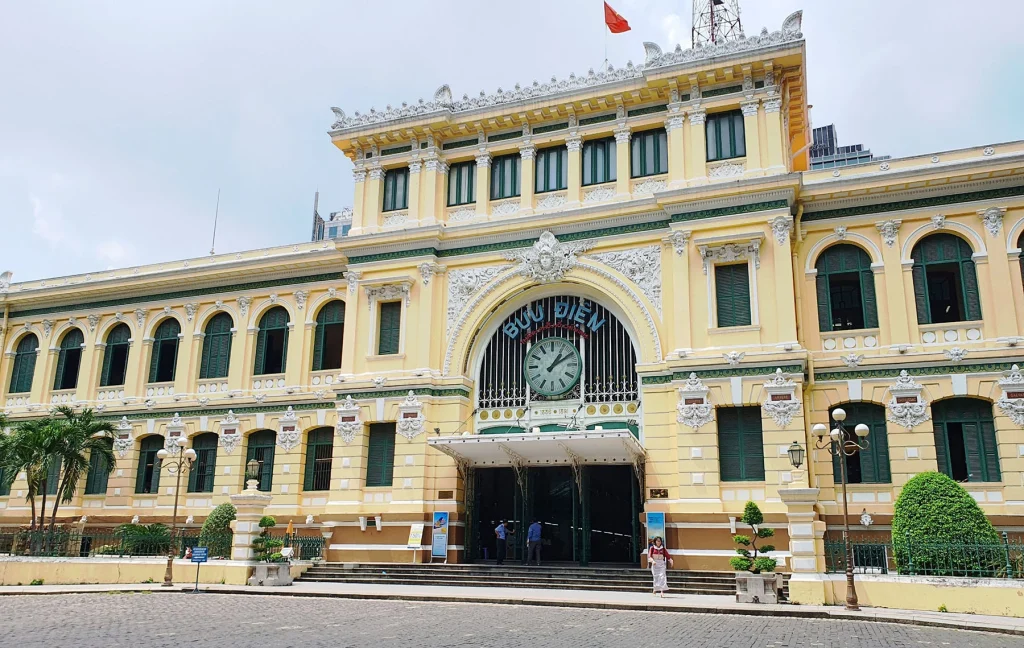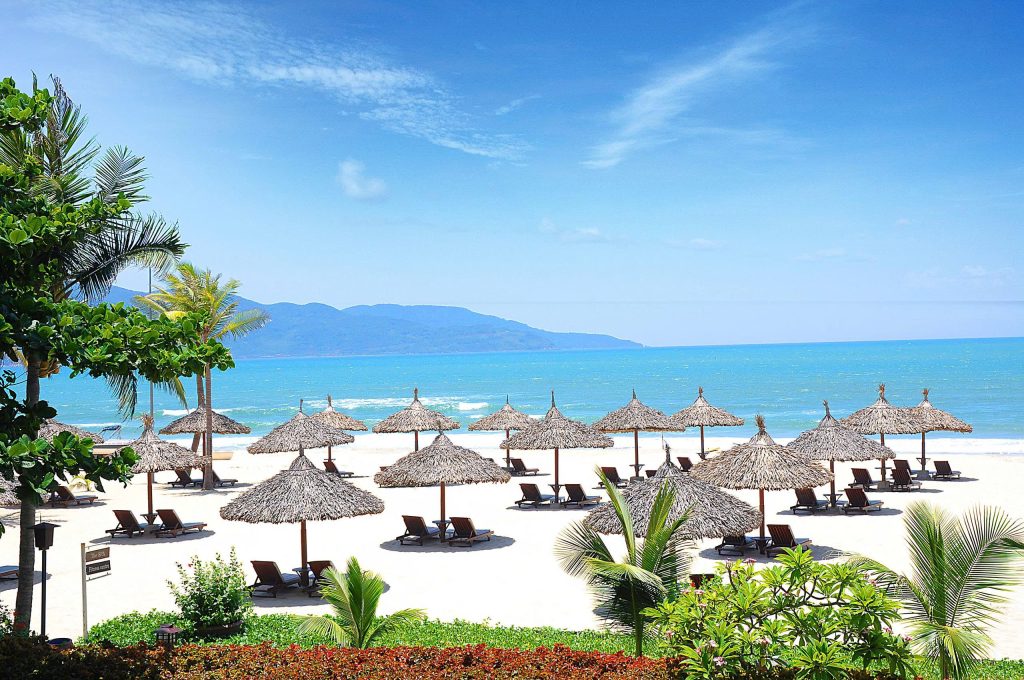Sapa, with its breathtaking rice terraces, vibrant ethnic minority cultures, and majestic Fansipan mountain, is a must-visit destination in Northern Vietnam. Located in the Hoang Lien Son mountain range, Sapa offers a refreshing escape from the bustling city life of Hanoi. But how do you get from Hanoi to this misty, magical town? This comprehensive guide outlines all your transportation options, helping you choose the best way to travel from Hanoi to Sapa.
Understanding the Hanoi to Sapa Journey
- Distance: Sapa is approximately 320-380 kilometers (200-236 miles) northwest of Hanoi, depending on the specific route and mode of transport.
- Travel Time: The journey typically takes between 5 to 9 hours.
- Key Destination: While Sapa is the ultimate destination, the nearest major transport hub is Lao Cai city, particularly for train travel. From Lao Cai, you’ll need onward transport to Sapa town (about 30-40 minutes).
Your Transportation Options from Hanoi to Sapa
There are several popular ways to travel from Hanoi to Sapa, each offering a different experience in terms of comfort, cost, and travel time.
1. By Overnight Train: A Classic Vietnamese Experience
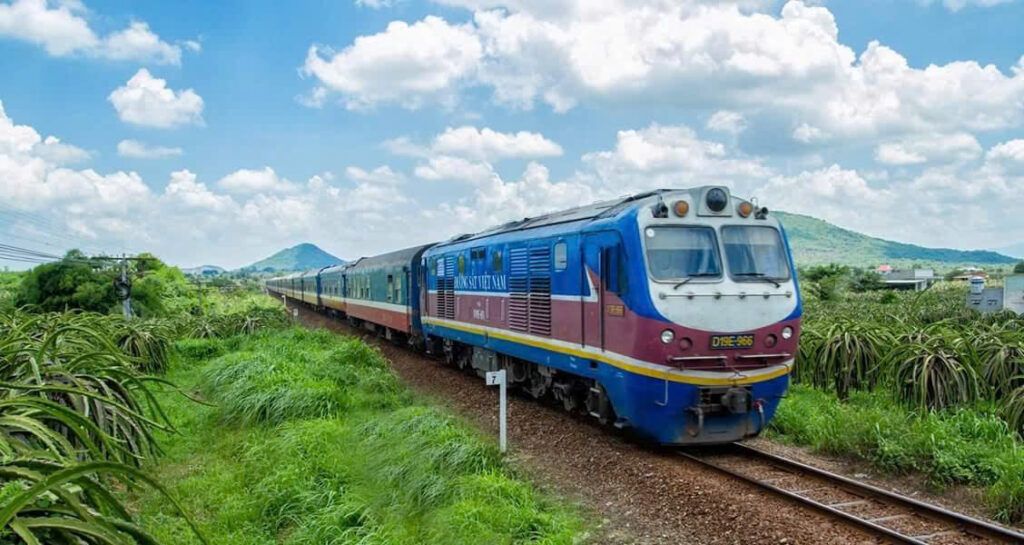
The train journey from Hanoi to Lao Cai is a classic choice, especially popular among tourists. It’s often considered a safer and more comfortable option than long bus rides, particularly for overnight travel.
- Journey Details:
- Departure Station in Hanoi: Most tourist trains depart from Hanoi Railway Station (Ga Hanoi), specifically at Tran Quy Cap Gate.
- Arrival Station: Lao Cai Railway Station (Ga Lao Cai).
- Travel Time: Approximately 8-9 hours. Trains usually depart in the evening (around 9 PM – 10 PM) and arrive early morning (around 5 AM – 6 AM).
- Cost: Varies greatly depending on the class of ticket and the train company.
- Standard Sleeper (Vietnam Railways): Around $20-$30 for a soft sleeper berth in a 4-berth cabin.
- Tourist Trains (Private Operators): $35-$70 for a soft sleeper berth in a 4-berth cabin, often with more luxurious interiors and amenities. These are typically attached to the main Vietnam Railways train.
- Types of Tickets/Cabins:
- Soft Sleeper (4-berth cabin): The most common and recommended. Comfortable beds, air conditioning.
- Hard Sleeper (6-berth cabin): More basic, less space, can be noisier.
- VIP/Deluxe Cabins (2-berth, private operators): Offer more privacy and luxury, ideal for couples or families.
- Popular Tourist Train Companies
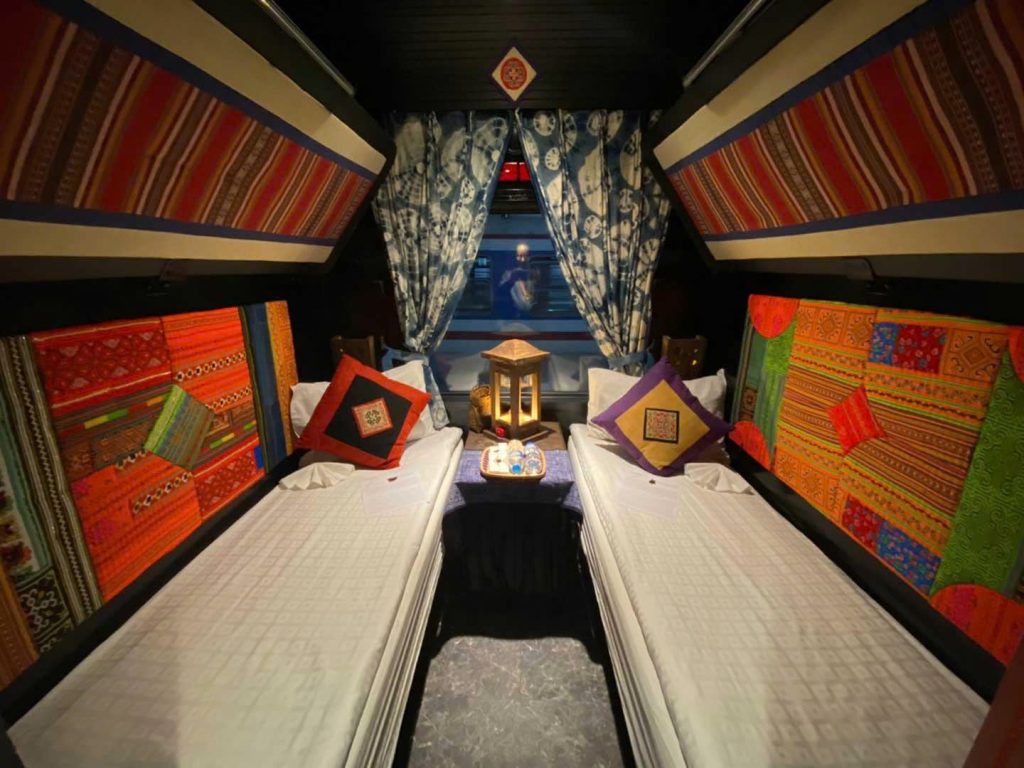
-
- Sapaly Express Train
- Fanxipan Express Train
- Chapa Express Train
- Orient Express Train
- Laman Express Train
- Pros:
- Comfortable for sleeping, saving on a night’s accommodation.
- Safer than roads, especially in mountainous terrain.
- Opportunity to meet fellow travelers.
- Experience the authentic charm of Vietnamese railway travel.
- Cons:
- An additional transfer from Lao Cai to Sapa is necessary, typically taking 30-40 minutes via local bus or minivan.
- Can be noisy.
- Limited food choices on board.
- Booking Tips: Book well in advance, especially during peak season or holidays, through reputable travel agencies, your hotel, or online platforms like 12Go Asia or Vietnam Railways’ official website.
2. By Sleeper Bus / Limousine Van: The Fastest & Direct Road Option
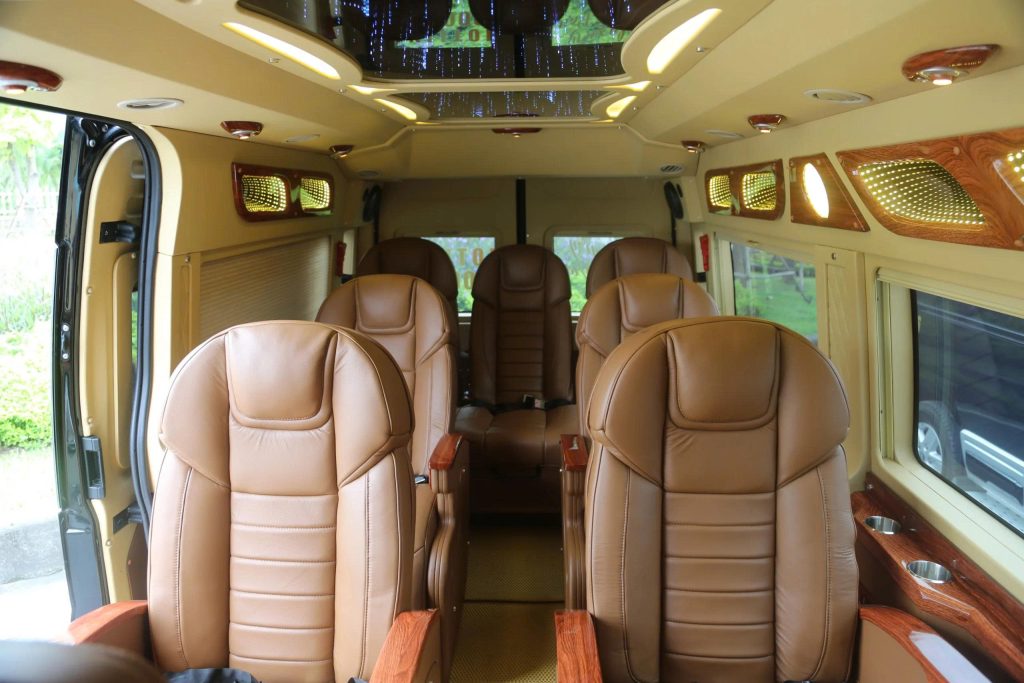
Direct buses and limousine vans offer a faster and often more convenient option, taking you directly into Sapa town without the need for a transfer from Lao Cai.
- Journey Details:
- Departure Points in Hanoi: Various pickup points, often in the Old Quarter or at specific bus stations (e.g., My Dinh Bus Station, Giap Bat Bus Station). Many tourist buses offer hotel pick-up in the Old Quarter.
- Arrival Point: Sapa town center or specific bus offices.
- Travel Time: 5-7 hours, depending on traffic and number of stops.
- Cost: Generally $15-$25 for a sleeper bus, $20-$40 for a limousine van.
- Types of Buses:
- Sleeper Bus (Giường nằm): Features reclining bunk beds, typically 3 rows. Can be basic or VIP with more comfortable bedding and amenities.
- Limousine Van: A popular and comfortable choice, often a Ford Transit or similar converted into a 9-11 seater with spacious, soft, and sometimes massage seats. Offers a more private and luxurious experience than a large sleeper bus.
- Popular Bus/Limousine Companies:
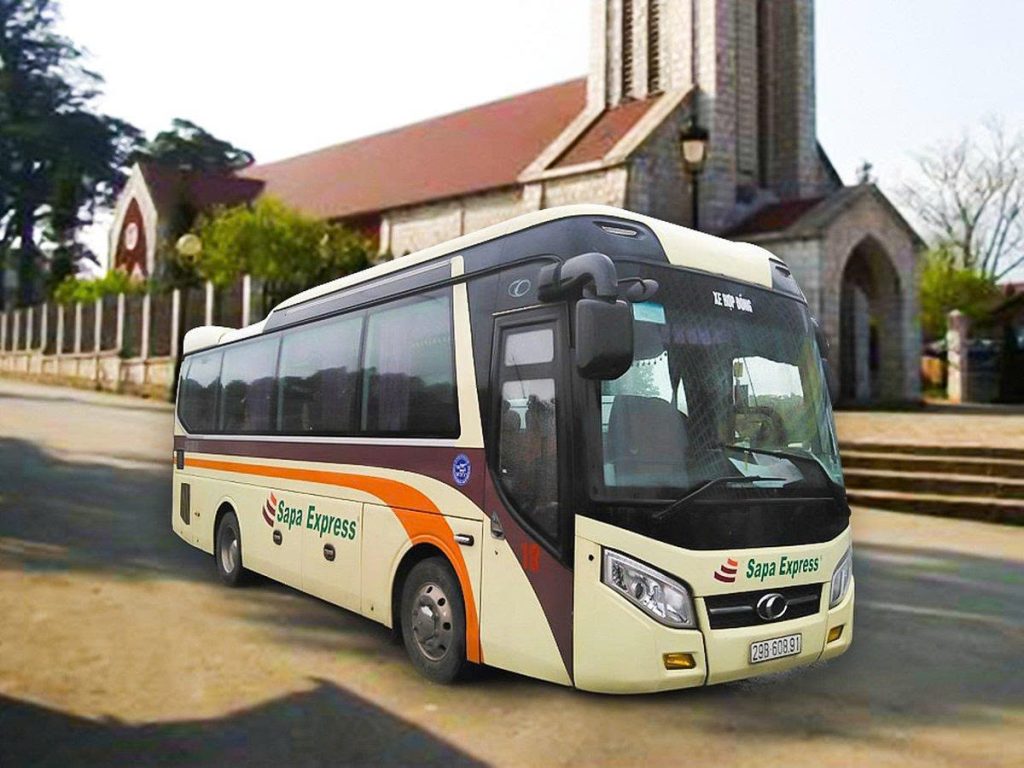
-
- Sapa Express
- Inter Bus Lines
- Sao Viet
- Grouptour
- Fansipan Express Bus (Note: Not related to the train)
- Pros:
- Direct to Sapa town, no transfer needed.
- Faster travel time than the train.
- Often more frequent departures throughout the day.
- More budget-friendly than private cars.
- Cons:
- Road conditions can be winding, potentially causing motion sickness.
- Less space and privacy than a train cabin.
- Safety perception might be lower for some compared to trains.
- Booking Tips: Book online via company websites or platforms like 12Go Asia, or directly at bus offices in Hanoi.
RELATED: Best Time to Visit Sapa for Rice Terraces
3. By Private Car/Taxi (Xanh SM or Grab app): Ultimate Flexibility and Comfort
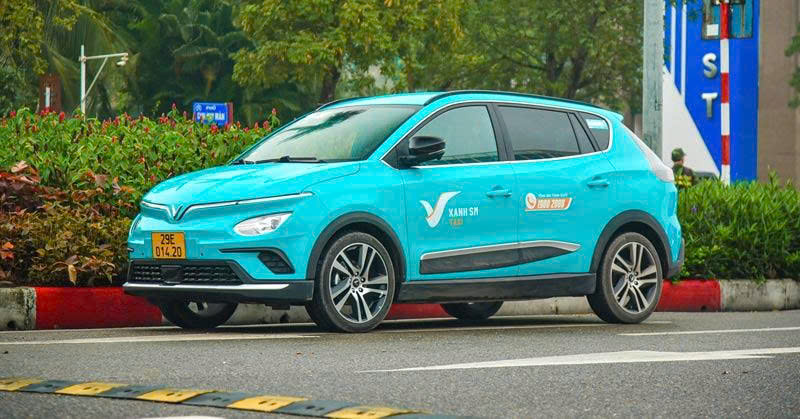
For those valuing privacy, flexibility, and direct door-to-door service, a private car or taxi is an excellent choice.
- Journey Details:
- Departure/Arrival: Fully customizable door-to-door service from your hotel in Hanoi to your hotel in Sapa.
- Travel Time: Approximately 5-6 hours, as it’s a direct drive without scheduled stops, though comfort stops can be arranged.
- Cost: Significantly higher, ranging from $100-$200+ depending on the car type (4-seater, 7-seater, etc.) and company.
- Pros:
- Most comfortable and convenient.
- Flexible departure times.
- Ability to stop for photos or breaks as you wish.
- Ideal for families or small groups (cost-effective when split).
- Cons:
- Most expensive option for solo travelers.
- Still subject to road conditions.
- Booking Tips: Arrange through reputable travel agencies, your hotel, or trusted local taxi services. Ensure the price is agreed upon beforehand.
4. By Motorbike: For the Adventurous Explorer

Traveling by motorbike from Hanoi to Sapa is an adventurous option reserved for experienced riders comfortable with long distances and challenging mountain roads.
- Journey Details:
- Route: There are several routes (e.g., via Yen Bai or Lai Chau). The journey is long and demanding.
- Travel Time: At least 8-12 hours, often split over two days, depending on pace, stops, and road conditions.
- Cost: Fuel cost + motorbike rental (around $10-$20/day) + accommodation if splitting the journey.
- Pros:
- Ultimate freedom and flexibility to explore.
- Incredible scenic views, especially when taking less-traveled routes.
- Authentic local experience.
- Cons:
- Dangerous for inexperienced riders due to winding mountain roads, heavy traffic, and unpredictable weather.
- Requires a valid international driving permit.
- Risk of breakdowns or accidents.
- Can be exhausting.
- Booking Tips: Rent from reputable motorbike rental shops in Hanoi. Ensure the bike is well-maintained and you have all necessary safety gear.
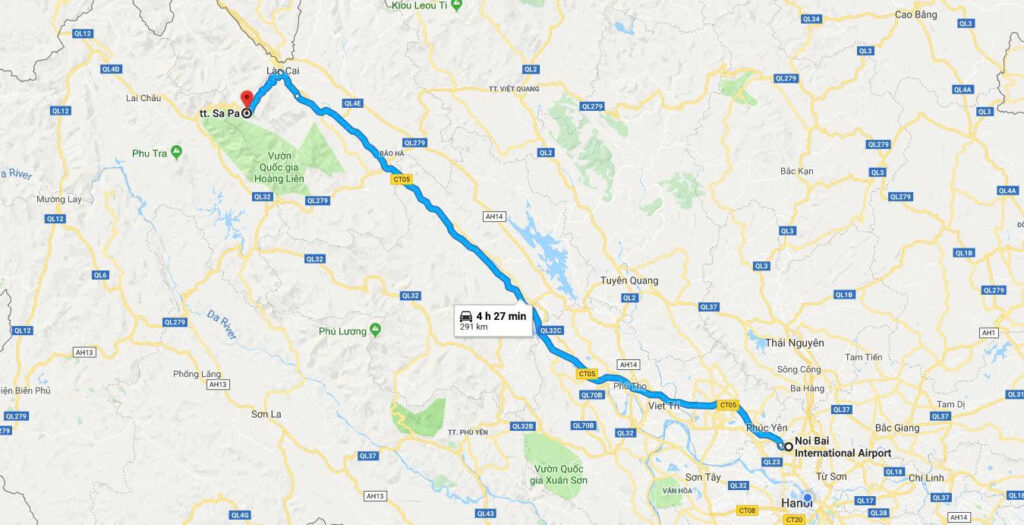
RELATED: The Best Homestays in Sapa Vietnam
Essential Tips for Your Hanoi to Sapa Trip
- Book in Advance: Especially during peak season (September to November, March to May) and Vietnamese holidays, tickets for all transport types, especially trains and popular limousine vans, sell out quickly.
- Weather in Sapa: Sapa’s weather can be unpredictable. Pack layers. Even in summer, evenings can be cool. In winter (Dec-Feb), it can get very cold, with occasional snow.
- From Lao Cai to Sapa: If traveling by train, be prepared for a 30-40 minute minivan/bus ride from Lao Cai station to Sapa town. Many train companies offer combo tickets, or you can easily find local transport upon arrival.
- Baggage: Most transportation options have reasonable baggage allowances. For trains, you’ll store luggage near your berth. For buses, it goes in the cargo hold.
- Motion Sickness: If you are prone to motion sickness, consider taking medication before bus or private car journeys, as the roads can be winding. The train is a good alternative.
- Safety: Always choose reputable operators. Keep your valuables secure, especially on overnight transport.
RELATED: Things to do in Sapa Vietnam: All You need to know
Traveling from Hanoi to Sapa is an integral part of the adventure. Whether you prefer the nostalgic charm of an overnight train, the speed and convenience of a limousine bus, the comfort of a private car, or the thrill of a motorbike, each option offers a unique way to reach this stunning highland destination. By planning and choosing the method that best suits your preferences and budget, you’re set for an unforgettable journey to the misty peaks of Sapa.

